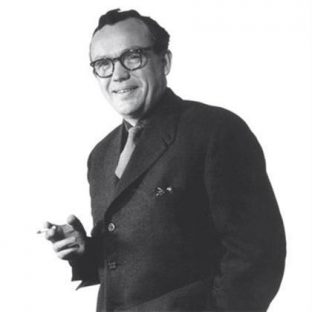Designer’s

Finn Juhll
Finn Juhl achieved great Danish and international recognition through his organic, sculpted, almost esoteric, style and design philosophy. A close collaboration with the noted cabinetmaker and master woodworker, Niels Vodder, resulted in innovating methods and techniques for making furniture in teak and Brazilian Rosewood, redefining what was thought possible to create with wood. This enigmatic style is clearly displayed in his use of soft edge to the lines of wooden modernist chairs, in particular his design of the Diplomat chair. Finn Juhl prioritised organic shapes which often took the wood to the limits of what was possible. One of his hallmark designs was the 45 chair that features a floating back and seat which is seen in most of his chair designs, usually upholstered, in contrast to the hard wood of the bearing elements. He was influenced by the abstract sculptor Jean Arp, an influence which is seen already in his early Pelican chair but it remained a motif throughout his career.
Finn Juhl was also a controbtuing influence on the intorduction of Danish modern to the UN, in the period immediately following World War II the UN was still a very young organisation, when Finn Juhl was faced with a prestigious task, which would come to be a symbol of world-class Danish architecture. The period from 1947 to 1952 was to witness the construction of the UN headquarters on Manhattan. The Danish architect and furniture designer, Finn Juhl was chosen to decorate the Trusteeship Council Chamber. When the Chamber opened in 1952, it was clear that Finn Juhl’s decoration of the room not only underpinned the UN’s democratic objectives, but also placed Danish architecture on the world map.

